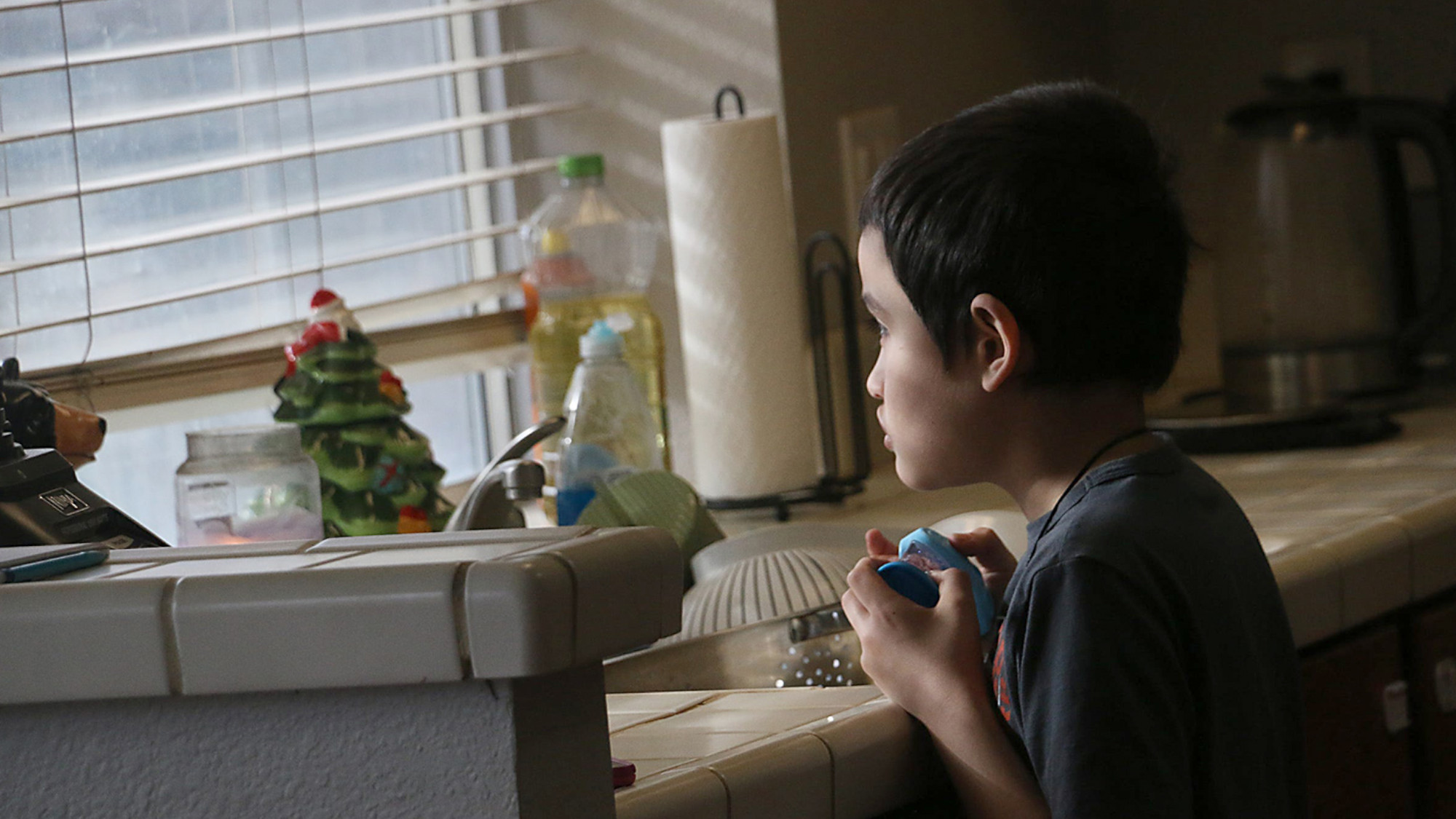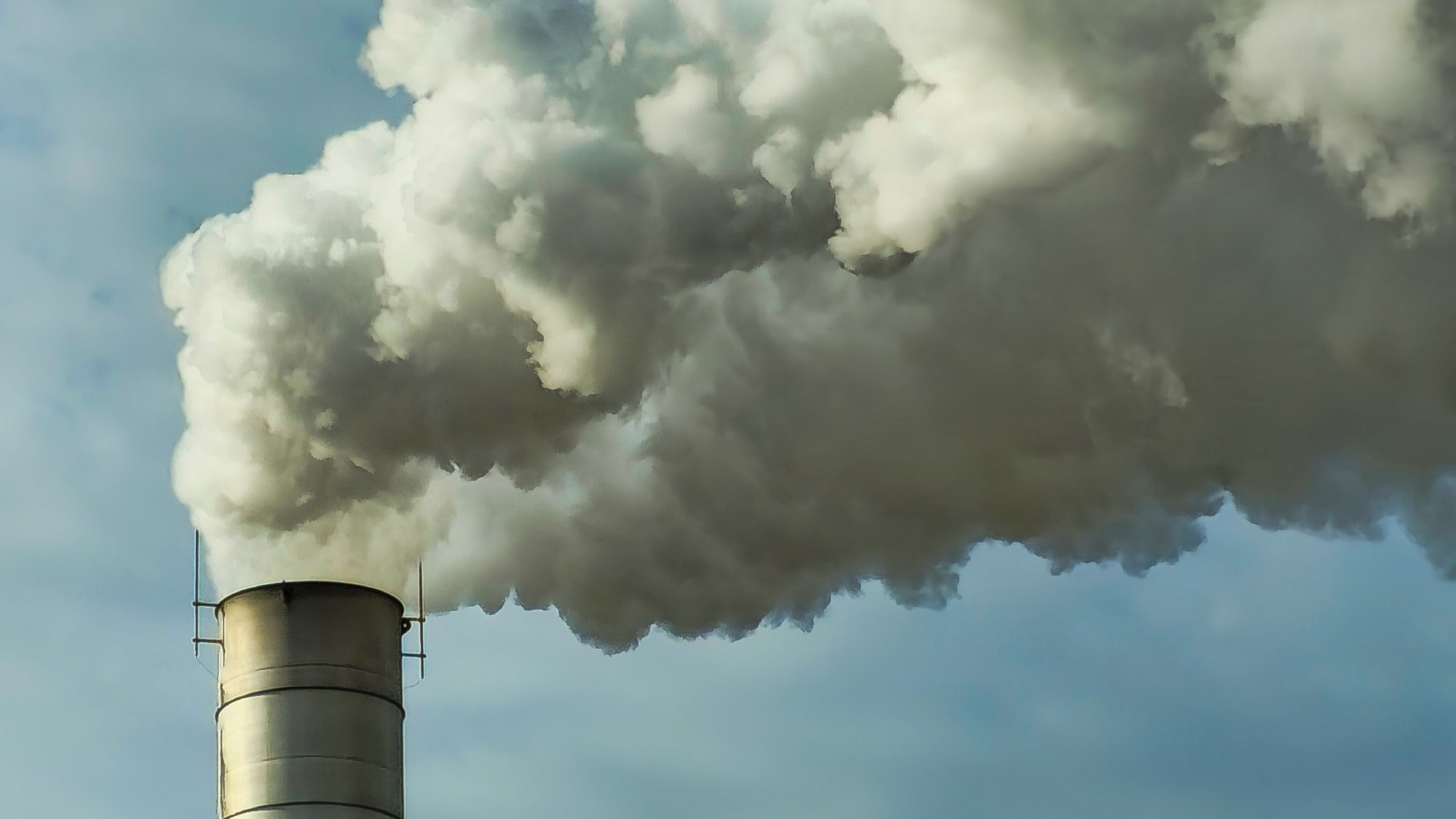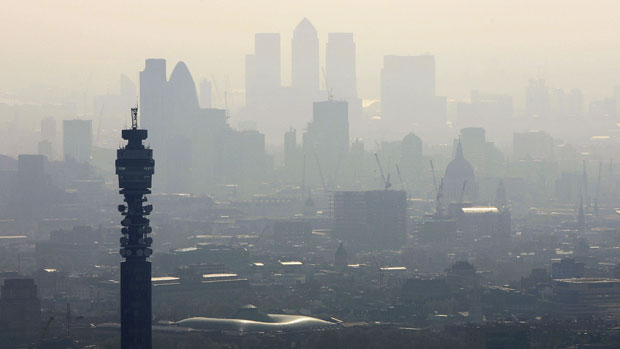Indoor air pollution: the dangers inside your home
Pollutants contribute to millions of deaths in work places, schools and homes around the globe each year

How clean is the air you breathe indoors? Before the pandemic, it was a question few people spending time inside offices, gyms, schools and homes asked themselves. But indoor air quality could be the next “frontier” in improving public health.
As the world emerges from the Covid-19 pandemic, we know that the transmission of the virus happens mostly indoors, “particularly in poorly ventilated spaces”, said Quartz. Improving indoor air quality could not only help reduce the spread of Covid-19 and other respiratory illnesses but could also improve a range of health issues, including even “cognitive deficits”, said the news site.
Scientists and campaigners hope that we can take the valuable lessons we learnt from the pandemic to improve indoor air quality, in a similar way to how the 19th-century cholera outbreaks “revolutionized water and sewage treatment system”, said the news site. To do so would mean “improving ventilation, filtration, air cleaning, and real-time monitoring of indoor air quality”. In some ways it may sound “simple” but it is a “herculean task”.
The Week
Escape your echo chamber. Get the facts behind the news, plus analysis from multiple perspectives.

Sign up for The Week's Free Newsletters
From our morning news briefing to a weekly Good News Newsletter, get the best of The Week delivered directly to your inbox.
From our morning news briefing to a weekly Good News Newsletter, get the best of The Week delivered directly to your inbox.
What are the dangers of poor indoor air quality?
The “inadequacy” of indoor air quality was made clear to a “devastating degree” during the Covid-19 pandemic, wrote Joseph G. Allen, an associate professor and director of the Healthy Buildings program at Harvard University, for The Washington Post. With “bare-minimum” ventilation standards much the same in the US “since the 1970s”, it is little wonder that the pandemic “was as disastrous as it was”.
But the problem of poor ventilation goes “beyond infectious disease”, he continued. It has been linked to a group of symptoms known as “sick building syndrome”, which include “headaches, inability to concentrate, worse performance on cognitive function tests, more missed workdays for adults, and worse performance on math and reading tests for children of all ages in schools”, said Allen.
Most people spend some “80-90 per cent of their time indoors”, said researchers at the London School of Economics, and exposure to indoor pollutants contributes to millions of deaths each year, according to the World Health Organization. Policymakers tend to focus only on outdoor air pollution – but a failure to address air quality in indoor environments leaves the public exposed to inadequate levels of protection against “overall pollution exposure”, said LSE.
What should we look out for in particular?
Tobacco smoke, particulate matter (PM) from cooking stoves, cleaning products, mould and pet dander all contribute to indoor air pollution, according to the World Economic Forum. Cooking stoves are a particular concern in developing countries, where fossil fuels are burned indoors for cooking and heating, and are linked to “approximately 4.3 million deaths each year, primarily women and children”.
A free daily email with the biggest news stories of the day – and the best features from TheWeek.com
But these pollutants are also a concern for people living in air-tight energy-efficient homes, where the air inside can “quickly become stagnant and pollutant levels can rise rapidly”.
So-called “sick building syndrome”(SBS) is often associated with the drive for energy-efficient buildings in the 1970s, where the energy crisis led to buildings being constructed with an “air-tight, sealed envelope” design to reduce thermal loss and improve energy efficiency, according to Guiseppe Ryan Passarelli in the Journal of Building Appraisal.
This in turn required the installation of mechanical ventilation systems and open floor plans to facilitate air circulation. But inadequate space planning and maintenance, coupled with the use of synthetic materials like plastics, solvents, adhesives and drywall, is thought to have resulted in poorer indoor air quality, which contributes to the symptoms of SBS.
How can indoor air quality be improved?
Ventilation, air cleaning and source control are the three main “tools” available for managing air quality, according to Vox senior reporter Keren Landman.
Ventilation, where a building’s stale air is replaced by fresh air, can be done by the most traditional means – simply opening more windows – or by HVAC (heating, ventilation and air-conditioning) systems, which suck in air from outside. But this sort of ventilation can be “costly”; heating or cooling large volumes of air is both expensive and consumes large amounts of energy.
Air cleaning methods, such as filtration and ultraviolet radiation, can target PM but have limitations in removing harmful volatile organic compounds (VOCs) – they can only be removed through proper ventilation.
Source control, which involves avoiding or removing sources of contaminants such as “certain building materials or furnishings, noxious cleaners, and cigarettes”, can be the “most cost-effective strategy overall”. But it requires contractors to choose safer building materials that “don’t emit volatile organic compounds” or make choices such as “to switch a building’s utilities from gas to electric”.
There have been advances in both technology and policymaking in recent years – for example, the American Society of Heating, Refrigerating and Air-Conditioning Engineers (ASHRAE) introduced a draft industry standard in May to address infectious aerosols in buildings, proposing a minimum requirement for ventilation, filtration and air cleaning. Meanwhile, Belgium and the Netherlands have mandated CO2 monitoring in indoor spaces and schools.
But more “transparent” standards for monitoring indoor air quality are needed, argues Landman. That, in turn, requires policymakers to “provide enough support – and consequences – for building owners to ensure they meet those standards”.
-
 Unraveling autism: RFK Jr.'s vow to find a root cause
Unraveling autism: RFK Jr.'s vow to find a root causeFeature RFK Jr. has vowed to find the root cause of the 'autism epidemic' in months. Scientists have doubts.
-
 How does the Clean Air Act work?
How does the Clean Air Act work?The Explainer The law makes the air healthier. Will what we breathe stay that way?
-
 How worried should we be about microplastics in our brains?
How worried should we be about microplastics in our brains?The Explainer Average human brain contains enough plastic fragments to make a spoon
-
 Did London pollution cause child’s death?
Did London pollution cause child’s death?Speed Read New inquest to explore the role of pollution in Ella Kissi-Debrah’s death

